You found our list of top product design books.
Product design books are guides that teach creative teams how to craft compelling offerings that attract customers. These resources cover topics such as creating value and convenience for customers through design and balancing aesthetics with application. The purpose of these books is to help designers concentrate their efforts, better understand their audience, and create more valuable and well-received products.
These works are a subset of business books and have some overlap with startup books, books on marketing and books on client experience.
This article includes:
- books on product design and development
- product design books for beginners
- sustainable product design books
- product development books
Here is the list!
List of product design books
From bestsellers to newer releases, here is a list of books on product design to give creators inspiration and information.
1. Hooked: How to Build Habit-Forming Products by Nir Eyal
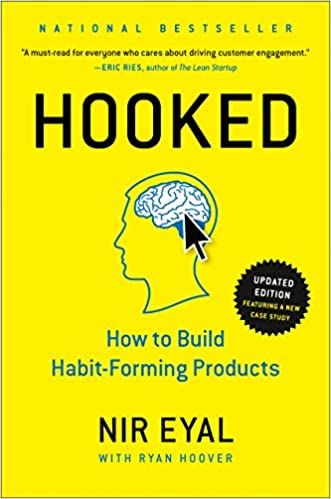
Hooked is a playbook for creating products customers obsess over. Eyal presents a four step “Hook Model,” that breeds habitual use. The author also explores phenomena he calls “hook cycles,” or the efforts companies make to lure clients. The book uses psychological principles to drive product design, and coaches readers on how to make products that are irresistible and become an everyday part of users’ routines. Eyal presents case studies and examples that demonstrate this practice, and each chapter ends with bulleted points that summarize the main takeaways. Hooked presents an easy-to-follow formula for
Notable Quote: “To change behavior, products must ensure the user feels in control. People must want to use the service, not feel they have to.”
Read Hooked.
2. The Design of Everyday Things: Revised and Expanded Edition by Don Norman
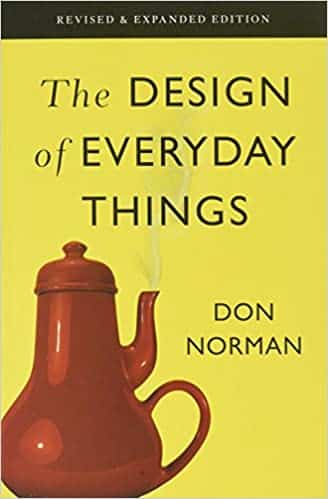
The Design of Everyday Things is possibly the best selling product design book of all time. The book lays out the essential commandments of good design, and points out the conscious design choices of commonplace products. Don Norman explains the psychological reasoning and purpose behind these choices, and preaches the mantra of practicality and convenience. While flashy aesthetics may draw attention, the most important condition is that the product serves the user. This is an integral lesson for designers in any field or medium. The Design of Everyday Things shows readers how to create products that serve the consumer’s purpose in the most efficient, least disruptive way possible and yet remain aesthetically pleasing. The book explores the fundamentals of design and shares sleek, minimalist principles that help products blend seamlessly into users’ everyday lifestyles.
Notable Quote: “Good design is actually a lot harder to notice than poor design, in part because good designs fit our needs so well that the design is invisible”
Read The Design of Everyday Things.
3. Sprint: How to Solve Big Problems and Test New Ideas in Just Five Days by Jake Knapp

Sprint is one of the most popular modern product development books. Jake Knapp is one of the originators of the five-day design process at Google. He draws on this career experience to prescribe best practices for the hackathon and sprint approach to production, where design teams generate, polish, and present new ideas on ultra-shortened timelines. The book shows how to distill the design process down into a few days without sacrificing quality or creativity. The text suggests productivity hacks and tips for efficiency to help teams conceive of and construct products faster. Sprint is useful for project managers and employees alike and serves as the ultimate guide for agile product development.
Notable Quote: “Being in a curiosity mindset means being fascinated by your customers and their reactions.”
Read Sprint.
4. Inspired: How to Create Tech Products Customers Love by Marty Cagan
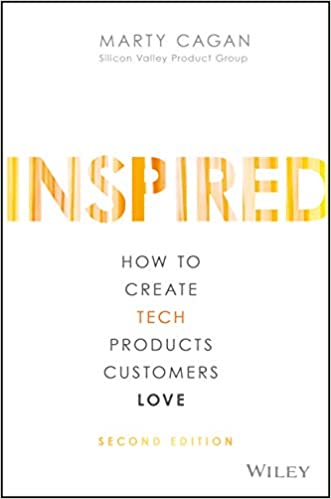
Inspired is a crash course in tech product design. The book analyzes how major technology companies like Facebook, Google, and Tesla invent innovative and attractive products that appeal to the masses. Marty Cagan explains how to form project teams, suss out viable ideas, develop the product, and bring the offering to market. Chapters outline different strategies and ideas for researching, building, and testing. The book serves as a sort of encyclopedia of tech terms and principles, and is a handy reference for any aspiring inventor looking to quickly come up to speed on how to develop groundbreaking and crowd pleasing tech products. Inspired is a product design guide for the digital age.
Notable Quote: “Winning products come from the deep understanding of the user’s needs combined with an equally deep understanding of what’s just now possible.”
Read Inspired: How to Create Tech Products Customers Love.
5. The Lean Product Playbook: How to Innovate with Minimum Viable Products and Rapid Customer Feedback by Dan Olsen
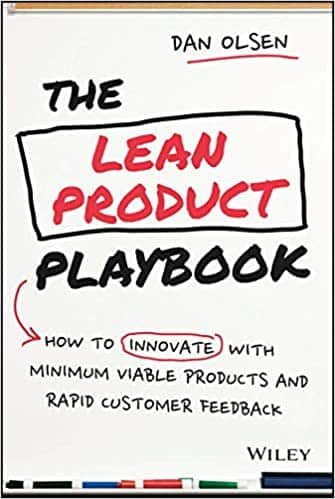
The Lean Product Playbook is one of the most useful books on product design and development. This guide applies the lean startup methodology to the process of product design. True to its tagline, the book teaches readers “how to innovate with minimum viable products and rapid customer feedback.” This agile approach can help teams cut cost and production time and build more responsive, effective offerings. Sections cover topics such as identifying underserved customer needs, outlining a minimum viable product, crafting a prototype, and testing initial iterations. The book teaches readers how to use agile frameworks and measurable metrics for product design and optimize the experience for users.
Notable Quote: “A good product is designed with focus on the set of needs that are important and that make sense to address together.”
Read The Lean Product Playbook.
6. Start at the End: How to Build Products That Create Change by Matt Wallaert
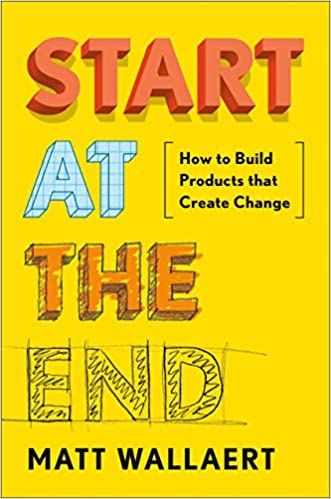
Start at the End is a guide to reverse engineering products by focusing on the desired result. Matt Wallaert draws on principles of behavioral psychology to create customer-centric design tactics. Altering consumer behavior is a large component of the product design process, and the book explains how to approach the task more mindfully. Wallaert explores conditions that make actions more or less likely and helps designers inhabit clients’ minds to replicate desired outcomes. While this subject matter may seem dry, the book adopts a conversational and sometimes humorous tone and provides plenty of case studies to help readers see the concepts in action. Start at the End lays out the best strategies for creating products embraced by the public.
Notable Quote: “That’s because, in general, better intervention design happens when you have as many potential insights as possible at the beginning of the process—a big, wide funnel of opportunities for behavior change that slowly gets narrower as we hone in on pressures we’re able to successfully design interventions around.”
Read Start at the End.
7. Escaping the Build Trap: How Effective Product Management Creates Real Value by Melissa Perri
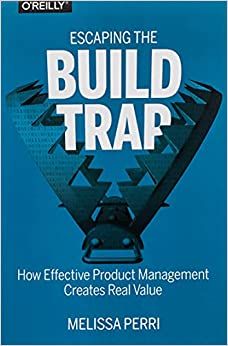
Escaping the Build Trap centers around the idea that product teams should focus more on outcome than output. Many designers make the mistake of judging a project’s worth by the number of hours invested or the novelty of the creation instead of the value the finished product adds to the customer’s life. This guide teaches readers how to reframe the design process and focus on metrics that matter most. Split into five parts, the book covers topics such as the traits of efficient product managers, strategic frameworks, the problem and solution exploration process, and organizational-level customer-centricity. Escaping the Build Trap reminds designers that the purpose of invention is to serve the user, and teaches leaders how to build organizations that build successful products.
Notable Quote: “When companies do not understand their customers’ or users’ problems well, they cannot possibly define value for them. Instead of doing the work to learn this information about customers, they create a proxy that is easy to measure.”
Read Escaping the Build Trap.
8. Continuous Discovery Habits: Discover Products that Create Customer Value and Business Value by Teresa Torres
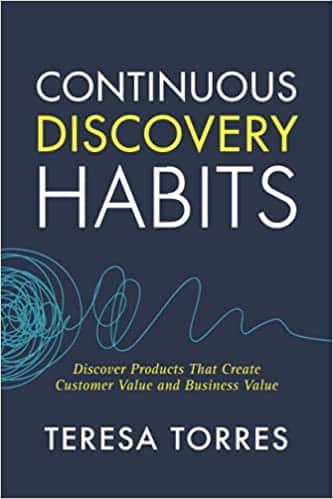
Continuous Discovery Habits revolves around the question, “how do you know you are making a product or service that your customers want?” The author promotes a philosophy of curiosity and constant experimentation that helps designers better align with the needs, desires, and demands of consumers. This book helps readers to balance the value for the business with the value for the customer, and provides a coaching framework to help adapt to the continuous discovery mindset.
Notable Quote: “Designating one person as the “voice of the customer” gives that person too much power in a team decision-making model. The goal is for all team members to be the voice of the customer.”
Read Continuous Discovery Habits.
9. Cradle to Cradle: Remaking the Way We Make Things

Cradle to Cradle is one of the best sustainable product design books. The authors advocate a revolutionary engineering approach where products end their life cycles not in the trash or a recycling plant, but rather by nourishing other things. Using nature as inspiration, the authors inspire designers to think beyond the first use and plan for ways that products may serve the world in their second life. The book draws attention to the harmful materials and processes associated with modern products and challenges readers and designers to aim to create goodness instead of merely minimizing harm.
Notable Quote: “Here’s where redesign begins in earnest, where we stop trying to be less bad and we start figuring out how to be good.”
Read Cradle to Cradle.
10. 101 Things I Learned® in Product Design School by Sung Jang, Martin Thaler, and Matthew Frederick
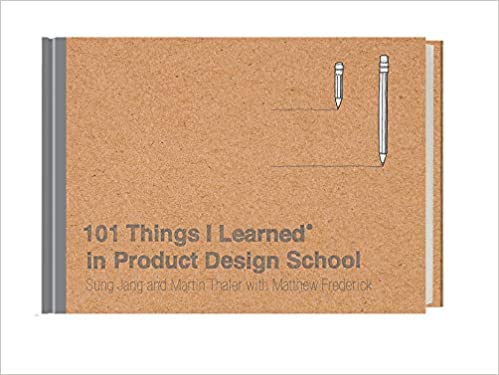
101 Things I Learned in Product Design School is one of the simplest product design books for beginners. This book lays out the fundamentals of product design in a stripped-down format. The authors give out bite-sized advice and tips interspersed with illustrations. This book functions as the SparkNotes of product design, a handy pocket guide to the core principles of the practice. Aspiring product designers can use this reference to build foundational knowledge and kickstart their education, while more experienced designers can get back to basics and use the book as a reminder of the most important elements of the art. 101 Things I Learned in Product Design School is full of practical, digestible advice for folks with short attention spans or busy schedules.
Notable Quote: “If a problem is too abstract, ask what. If a problem is too specific, ask why.”
Read 101 Things I Learned® in Product Design School.
Final Thoughts
Product design books can serve as blueprints and inspiration for groundbreaking innovations. These guides stress the importance of putting the customer at the forefront of every design decision and boosting the business’ bottom line by following efficient systems. These works tend to focus more on the philosophy of design than the technical specifics, and are useful for designers across many different disciplines.
For more reading recommendations, check out this list of books on project management and these books on entrepreneurship.
